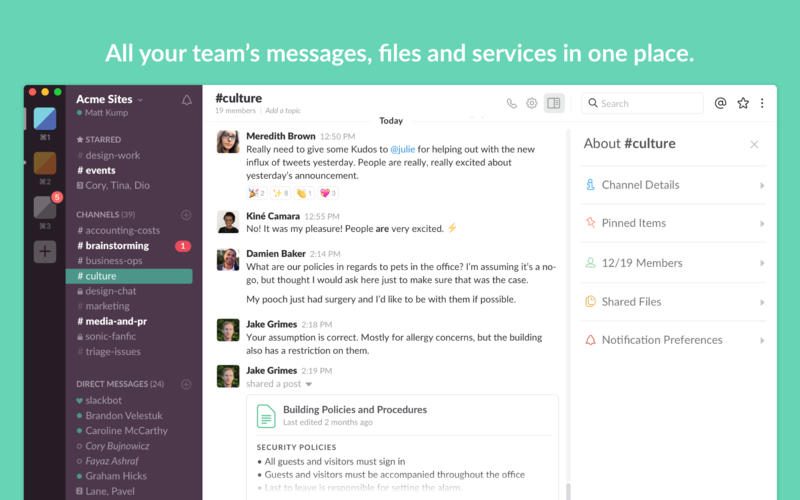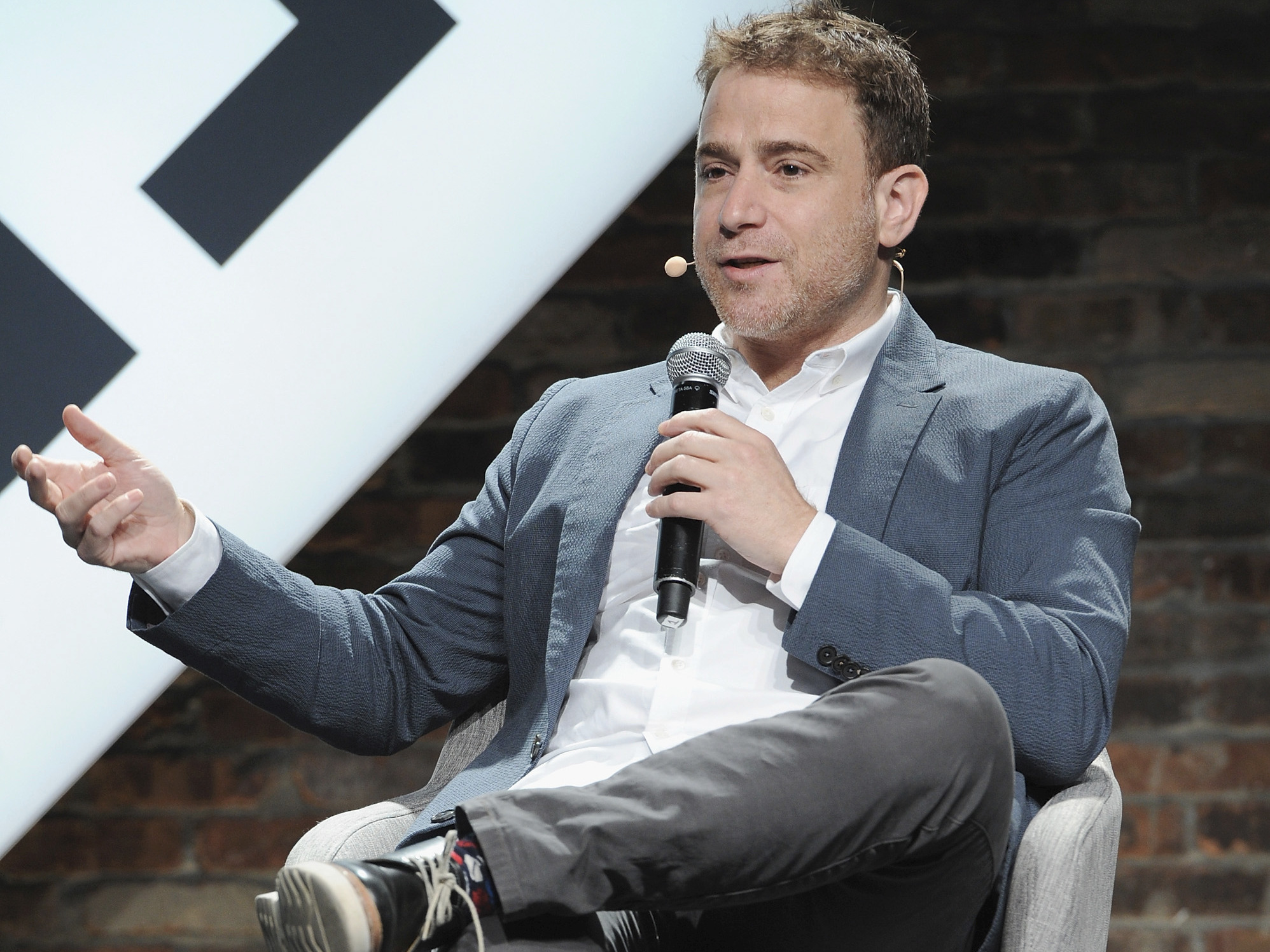Slack, the $3.8 billion work chat startup that’s taken the world by storm, is making some big hires as it moves to keep up its breakneck rate of growth, and faces the looming threat of the new Microsoft Teams.
Slack has a trio of new executives who joined within the last month:
- VP of Global Communications Terry Anderson, who previously served in the same role for both Cisco and Intel across her career.General Counsel David Schellhase, who was with both Salesforce and Groupon as they went public, and defended Salesforce in court against Microsoft patent litigation in 2010. Head of Global Customer Success Christina Kosmowski, previously SVP of Revenue Lifecycle Management and Customer Success at Salesforce.
These are all veterans of some of the world’s biggest business software companies, joining other key hires made in the last year or so by Slack including Dell veteran Chiara Henderson, ex-Palantir employee Joshua Goldenberg, and former Dropbox sales exec Kevin Egan.
As Slack prepares to go after lucrative big business customers with its new Slack Enterprise Grid product, it’s staffing up accordingly with sales, marketing, and customer service pros to take this new initiative the distance.
In fact, says Slack CEO Stewart Butterfield, the company is hiring across all categories, from engineering to procurement. The startup had 300 employees or so at the start of 2016, and it has about 800 globally today, complete with a brand-new New York City office.
And despite recent reports of executives, including CMO Bill Macaitis, stepping down, Butterfield says that Slack's rate of employee turnover "seems pretty much a little less than normal." The average rate of tech employee attrition is around 10%, he says, and "we see a little bit less than that," with some offset by the new hires.
As the company expands, Slack is hustling to hire people to fill roles that had been unofficially performed by employees splitting their time between two tasks. For instance, Butterfield says, Slack had been known to ask some of its product designers to do marketing work on the side, where that department was "underdeveloped."
Still, while every part of the business is growing, it's Slack's ability to attract and win big customer deals that's going to be most under the spotlight, especially with Microsoft going after the same accounts. Now, Butterfield says that Slack has some key advantages that stack the deck in its favor.
Antipathy
"There's a general Silicon Valley antipathy to sales," Butterfield says.
The feeling among many startups, according to Butterfield, is that if you do your job right, there's no reason why you shouldn't be able to follow in the footsteps of Mark Zuckerberg and turn a good idea into a massive business.
Butterfield says that he, too, wasn't enthused about the idea of Slack needing a sales team, even after it became apparent that one was necessary. He says that for a long time, he associated sales with the hundreds of "dumb emails" he gets every day, cold-pitching him on an endless stream of software and services he has no use for.

Butterfield's turning point came from an early conversation with Robert Frati, the Salesforce executive who signed on as Slack's first VP of Sales in May 2016.
Frati told him that the simplest, most basic trick a salesperson needs is to listen to customers and figure out how to solve their problems. This resonated with Butterfield, who has long championed the notion that Slack needs to constantly improve with customer feedback.
'Defenders of Excellence'
Slack's growing sales team is finding that their jobs are made easier by the simple fact that the product itself is pretty widely loved.
What Slack has been seeing for the last few years, Butterfield says, is that small teams of people at companies start by using the free version. Then, they get their colleagues to use it, too, and they get their colleagues, and so on. It basically forces the IT department to sit up and pay attention to Slack.
In even the biggest Slack customers, Butterfield says, they've been using it for years before they're ready to go to a paid version. By the time a customer is ready to take that step, the IT department has already vetted it for privacy, security, and technical concerns. "Then the sales process actually begins," says Butterfield.

The real opportunity for Slack, then, is in making that rate of growth as pleasant as possible. By helping customers train their employees, and identifying and supporting the people on each team who are most hyped up about Slack - he begrudgingly calls them "defenders of excellence" - Butterfield says Slack can accelerate that viral process.
"You can support it and make it happen more quickly," Butterfield says.
Some customers love Slack so much that there are "literally people walking up and down the aisles" in Slack shirts and other swag, offering their time as volunteers to help their colleagues better make use of the product. Beyond that, Butterfield says that the company invests heavily in fast-response customer support.
"We really invest in having a real conversation with an actual human being," Butterfield says.

